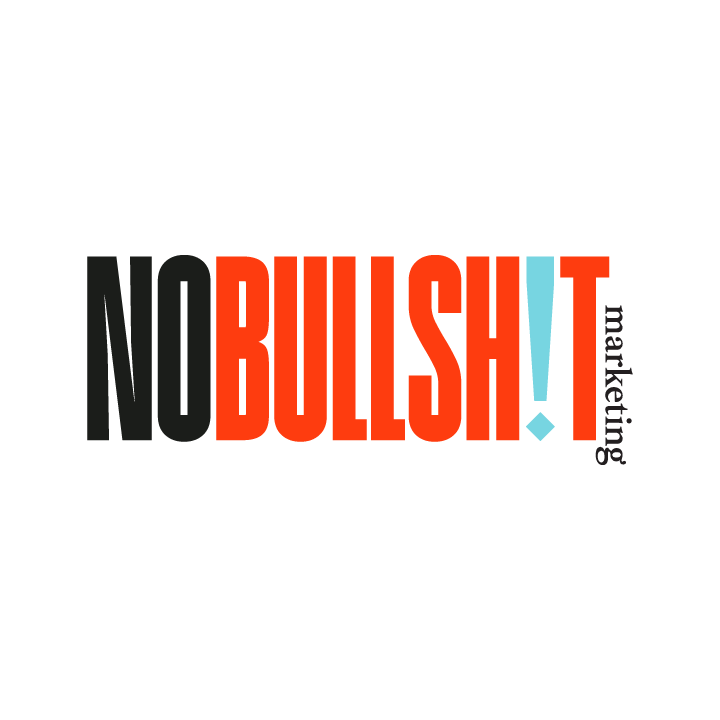Important Insights About Each Social Media Platform
One of the most powerful tools you get from social media marketing is the full set of analytics and insights you receive on each platform. Think about it—this is something you don’t get with any other marketing medium. If you run an ad on a billboard or in a printed magazine, you don’t know exactly how many people saw it or whether it left any sort of impression.
But with social media platforms, the insights will tell you. They give you a breakdown of how many people saw your content along with how many people actually interacted with it—whether they liked it, commented on it, or even followed you because of it (or visited your website because of it). You’ll even get to compare your insights this month to how they stand in the grand scheme of things: How are you doing compared with last month? Or with this month last year?
The only difficult part is that each platform is a little bit different, so naturally, the insights they offer are going to be a little bit different, too.
So, what insights should you take into account on each platform? Here’s what you should know…
Facebook was the original platform to offer insights into your performance, and it’s based on these that other platforms based their models. There are several primary factors Facebook will show you:
Likes: This is the number of reactions (generally likes, but also hearts, angry faces, wow faces, etc.) your posts have received over a designated period of time. You can pinpoint which posts have gotten the most reactions, and how your reactions have trended (either up or down) since last week, last month, or last year.
Reach: This is the number of news feeds your post has ended up in. Engagement will affect the reach your post has—the more engagement you get, the more news feeds it will show up in.
Action: This tells you what actions people took from your post, whether that was clicking the link, liking your page, or sharing your post.
Demographics: You can see breakdowns of your followers based on gender, age range, language spoken, or even geographic location.
Instagram is similar to Facebook (both are owned by the same umbrella company, Meta) but because Instagram has a few more features than Facebook, you’ll have the chance to track a few extra insights. Like Facebook, you’ll be able to look at your reach, your engagement (likes, comments, shares, etc.) and your demographics. You’ll also be able to track the engagement you have on your Stories (such as likes and messages) and your Reels (including watch time). Instagram will also show you how many people have added one of your posts to their favorites.
Google My Business
Because Google My Business is more of a virtual directory than a social media platform, its insights are a little different—but they’re just as valuable. One of the more prominent insights you’ll get from Google My Business is a breakdown of the percentage of how people are searching for you:
Direct searches: People who are typing your business name into the search bar
Discovery searches: People are searching for the product or service you offer
Branded searches: People are searching the name of a brand that’s associated with your business, such as a retail good you carry
You’ll also get to see whether people are discovering your business through searches or by browsing a map, and you’ll be able to see whether they took a specific action, such as visiting your website or calling you.
Finally, pay close attention to the search queries that Google shows you. You’ll be able to see exactly what words or phrases they are typing into Google that directed them to your listing.
Twitter is slightly different from Facebook and Instagram because there aren’t as many ways to put out content—you can tweet plain text, or you can tweet a combination of text and media (such as a photo, video, or GIF). Because of this, the insights you get from Twitter are slightly sparser.
When you look at Twitter insights, you’ll be able to see a breakdown of your top tweets by month—specifically, the top tweet you’ve put out, the top tweet you were mentioned in, your top media tweet, and your newest follower with the biggest following of their own. These insights will help you figure out what kind of content is resonating the most with people.
YouTube
Because YouTube is a video platform, you’re not just worried about people seeing your content, but you want to make sure they’re seeing all of it. Your insights from YouTube will show you how many people have seen your video, how much of the video they watched (the view duration) and how many of your views are unique views versus returning viewers.
In addition to views, you’ll be able to see the total watch time of all your collected videos for the entire month, how many people subscribed to your channel, and how much traffic to your page came from searches versus users going straight to your channel.

